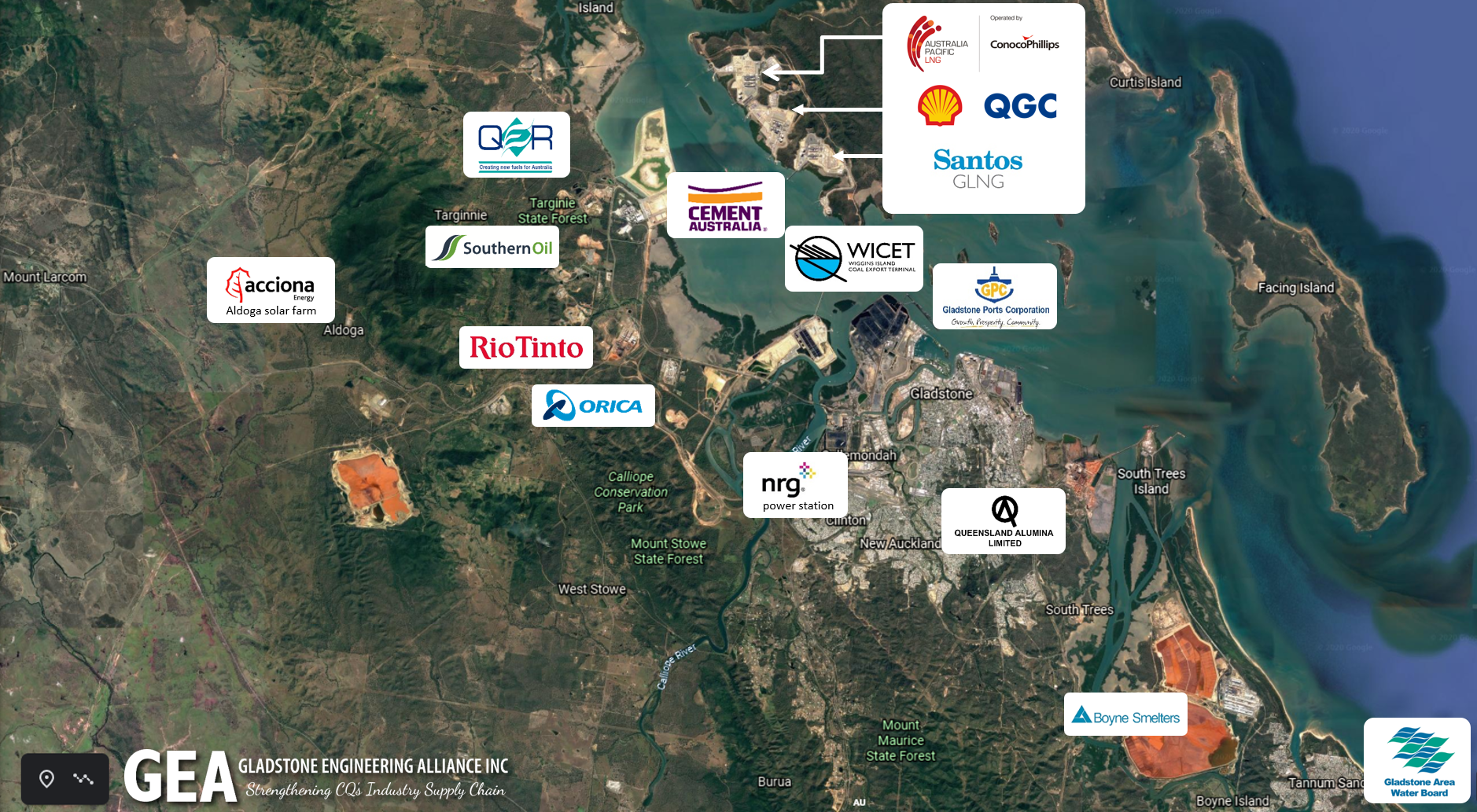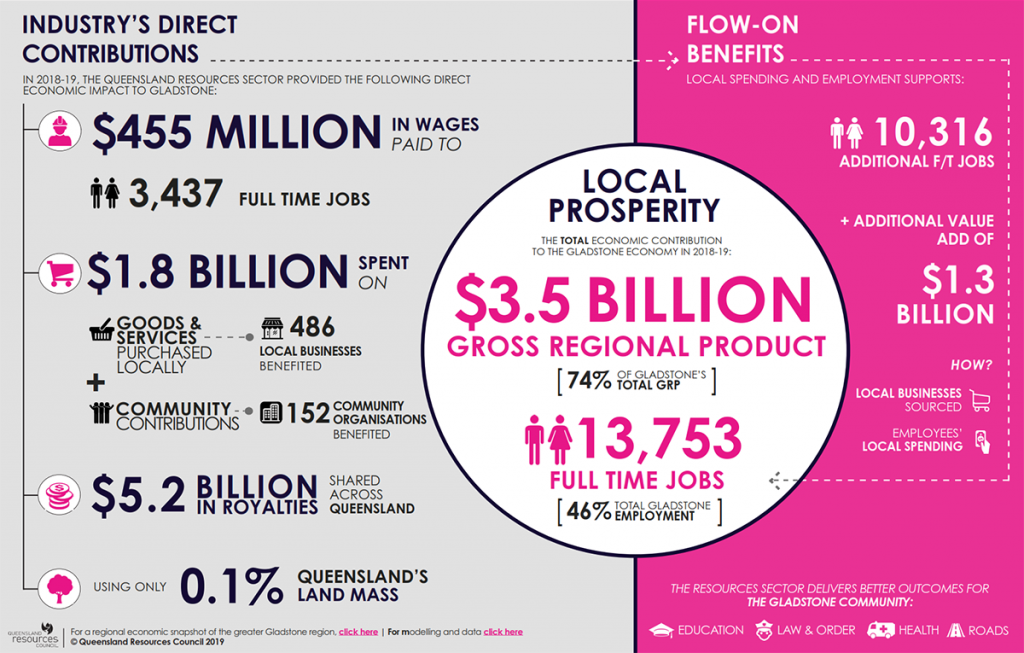The Gladstone Region
A thriving and vibrant region which has a diverse economy based on its worldwide reputation as Australia's industry power house.
With Gladstone being known as the ‘engine room of Queensland’, our dynamic region boasts two of the world’s largest alumina refineries, Queensland’s largest multicommodity port, Australia’s largest cement manufacturer, 7% of the world’s LNG and a number of other major industrial plants locally.
Central Queensland is on the cusp of a renewable energy evolution and Gladstone is seen as the centre for green hydrogen and renewable energy in Australia.
Due to its diversified industrial sector and SME’s operating in the region, it is known for its highly skilled supply chain, experienced workforce and diverse resource sector.
As a globally competitive industrial base and continuing expansions & developments, the region is becoming the prime location for domestic and international investors who see the worthwhile economic benefits of growing a business in a progressive industrial landscape.
Along with tourism and primary production, our region provides an abundance of opportunities and offers a balance of established processing industries as well as a strong retail & service sector.
Major Industries

Declared in 1993 the GSDA, located north-west of Gladstone, is a defined area of land dedicated for industrial development and materials transportation infrastructure.
Made up of over 27,000 hectares of land adjacent to the Port of Gladstone, with connections to major rail networks and Australia’s national highway, the GSDA is the ideal investment location for projects of national and international significance.
Managed by the Coordinator General, the GSDA supports economic development in a way that considers environmental, cultural and social issues, as well as existing industry and surrounding infrastructure within the region.
Learn how you can be part of Central Queensland’s Industry Supply Chain Alliance and contribute to the growth in the region.
Port of Gladstone
The Port of Gladstone is one of Australia’s finest natural deepwater harbours and Queensland’s largest multi-commodity port, handling over 30 different products. Major cargoes include coal, bauxite, alumina, aluminium, cement and Liquefied Natural Gas (LNG). The port has a total throughput of more than 100 million tonnes per annum.
The port has eight main wharf centres, comprising 20 wharves:
RG Tanna Coal Terminal — four wharves owned and operated by GPC
Barney Point Terminal — one wharf owned and operated by GPC
Auckland Point Terminal — four wharves owned by GPC and operated by others
Fisherman’s Landing — four wharves operated by multiple companies
South Trees — two wharves operated by QAL
Boyne Wharf — one wharf operated by BSL
Curtis Island — three wharves operated by LNG companies APLNG, Santos GLNG and Shell’s QGC business
Wiggins Island Coal Terminal — one wharf operated by WICET


